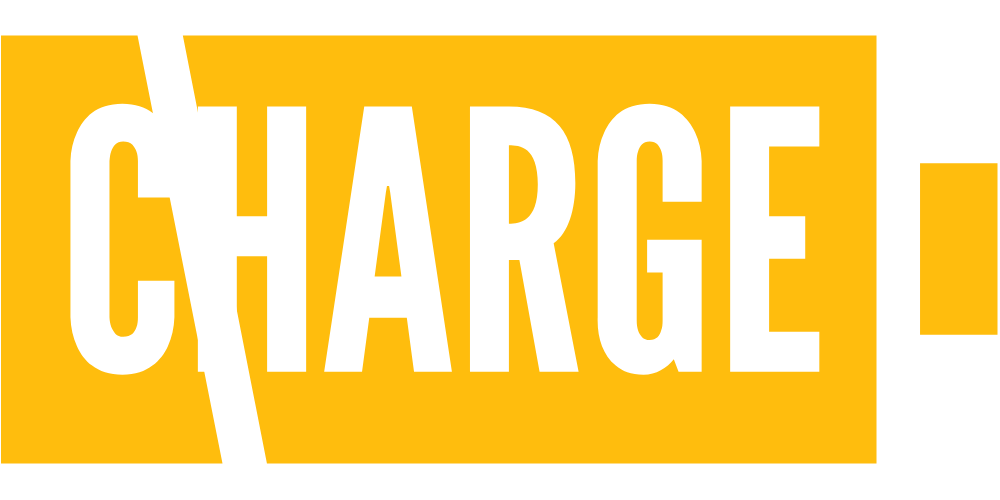IMMEDIATE RELEASE - Thursday, November 14, 2024
MEDIA CONTACT:
Christina Heartquist, christina.heartquist@sunstonestrategies.org, (408) 661 2666
Alex Mountfield, alex.mountfield@sunstonestrategies.org, (202) 599 7509
REPORT: Hundreds of millions in untapped federal funding available to Ohio ports for cutting-edge equipment, pollution reduction
State policymakers can support access to federal funds for electrification, creating jobs, improving efficiency, and reducing air pollution
CLEVELAND — Ports in Ohio have been awarded less than $176 million in federal clean transportation and clean port funds since 2020, leaving hundreds of millions on the table, according to a new issue brief published today by the CHARGE Coalition and Atlas Public Policy. State leaders have an opportunity to increase access to funds from five different federal programs that still have roughly $2 billion available.
The ports of Cleveland and Toledo are among the busiest 25 ports in the United States by dry bulk. Shipping in the Great Lakes region supports over 31,000 jobs and $3.7 billion in economic value for Ohio.
“Maritime shipping is the lifeblood of the Great Lakes region, but pollutes communities near ports with dangerous exhaust from all types of vehicles and equipment,” said Bridget Sanderson, lead coordinator for the CHARGE coalition. “State policy leaders can clean up Ohio’s ports by helping freight companies access more money from highly competitive clean port grant programs by providing cost-sharing options and assisting with community engagement and consultation.”
The report, titled Electrifying Ports on the Great Lakes: A Case Study of the Port of Cleveland, details the wide array of federal funding streams channeling infrastructure dollars and operational investments to clean up pollution from ports across the country. Despite the slow uptake of port and railyard electrification in the Midwest, the Port of Cleveland is emerging as a strong case study for the transition to cutting-edge energy-efficient port operations.
“Electric drayage vehicles and freight equipment can help port operators cut maintenance and fuel costs alongside harmful pollution,” said Stephen Naimoli, brief co-author and Policy Analyst at Atlas Public Policy. “The Port of Cleveland is emerging as a regional leader in electrification, and there is an opportunity to accelerate the transition to clean port technologies with remaining federal grant funding.”
In 2023, the Port of Cleveland adopted a climate plan and established a goal to reach net-zero CO2 emissions from port-owned operations. Port officials see electrification as critical for cutting climate pollution. The port also seeks to reduce emissions of health-harming air toxics — in 2022, it was responsible for 83 tons of nitrogen oxide (NOx) emissions, which are known to harm human health. Full electrification of ports has been modeled to reduce local fine particulate matter (PM) pollution by as much as 75 percent in other parts of the country. Before a large-scale transition from diesel to electric equipment can occur, however, ports need to ensure the power supply and physical infrastructure can support the new technologies.
The brief acknowledges that accessing additional funding to achieve these goals is key. In addition to electrification at the port itself, state and local leaders should work to electrify trucking operations to and from the port and local industry that harm disadvantaged communities in the region.
IRA and IIJA Programs that can support port electrification
Source: Climate Program Portal, U.S. Department of Transportation (DOT); accessed September 26, 2024.
###


